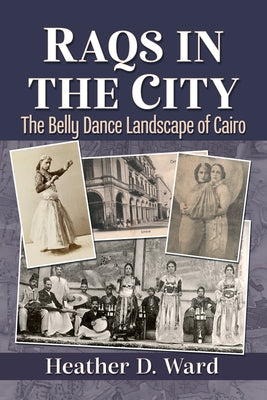McFarland & Company
Raqs in the City: The Belly Dance Landscape of Cairo
Raqs in the City: The Belly Dance Landscape of Cairo
Couldn't load pickup availability
In the city of Cairo, certain spaces bear strong historical associations with belly dance, belly dancers, and professional entertainment in general. Azbakiyah, Imad al-Din Street, and Muhammad Ali Street were all staging grounds for innovations in Egyptian belly dance, as well as in Egyptian music, song, and theater, at the turn of the nineteenth and twentieth centuries, and in the Egyptian popular imagination, these places continue to be linked to entertainment and entertainers. However, research reveals that the ties binding these spaces to entertainment extend much deeper: in some cases, this relationship can be traced back to the Fatimid era. The longstanding associations between belly dance and certain Cairene spaces demand a more in-depth investigation into the nature of this historical interconnection.
In this work, the author examines the relationship between belly dance space and belly dancer in the Cairo landscape over the course of the city's history, relying on a theoretical framework informed by Pierre Bourdieu's theory of practice, Michel Foucault's concept of heterotopia, and Mikhail Bakhtin's notion of the carnivalesque. This analysis reveals the mutually constituting relationship between dance, dancers, and the Cairene landscape and explains why and how certain Cairo spaces have retained their centuries-long historical associations with belly dance and its professional practitioners.
Author: Heather D. Ward
Binding Type: Paperback
Publisher: McFarland & Company
Published: 08/05/2024
Pages: 259
Weight: 0.85lbs
Size: 9.00h x 6.00w x 0.59d
ISBN: 9781476690308


